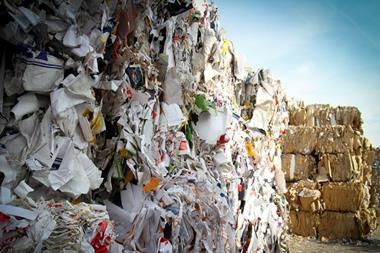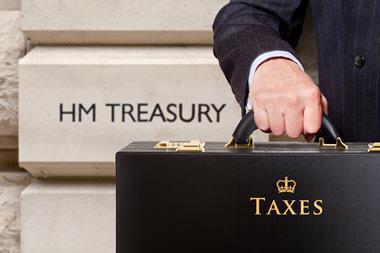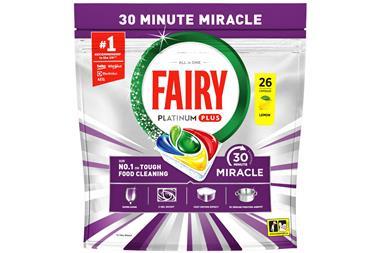Anne Bruce
Convenience retailing in the forecourt sector is booming, with forecourts taking a further 2.5% share of the market in 2002, up to 18.5% in total, says the IGD.
Around 90% of forecourts now operate retail outlets that qualify as convenience stores up from 77% two years ago.
IGD senior business analyst James Walton said UK forecourt stores were the second biggest sector of the convenience market after unaffiliated independents. They were selling £3.6bn in groceries a year as fuel margins continued to decline.
Walton told the IGD's Convenience on the forecourt 2003' conference that the number of petrol stations in the UK had fallen by around a third over the last decade to 12,000.
As petrol retailers could only expect about 2.5p gross profit on a litre of petrol, they were turning to forecourt stores which could yield 23% margins and an average of £2,080 weekly profit.
Although a forecourt cstore typically contributes only 14% of overall sales value, it pulls in 56% of the profit.
Harris International Marketing managing director Tom Fender told the conference a problem for retailers was persuading shoppers to revise negative opinions of forecourt stores.
He said 48% of shoppers were unaware the store they were visiting sold bread, and 13% did not realise it sold milk. Impactful point of sale and forecourt posters would start to get the message across he said.
And he advised retailers that customers who walked to their shops were the most valuable, visiting 4.5 times a week compared with 1.9 times for car-borne shoppers.
>> P26 Independents Focus
{{NEWS }}
Convenience retailing in the forecourt sector is booming, with forecourts taking a further 2.5% share of the market in 2002, up to 18.5% in total, says the IGD.
Around 90% of forecourts now operate retail outlets that qualify as convenience stores up from 77% two years ago.
IGD senior business analyst James Walton said UK forecourt stores were the second biggest sector of the convenience market after unaffiliated independents. They were selling £3.6bn in groceries a year as fuel margins continued to decline.
Walton told the IGD's Convenience on the forecourt 2003' conference that the number of petrol stations in the UK had fallen by around a third over the last decade to 12,000.
As petrol retailers could only expect about 2.5p gross profit on a litre of petrol, they were turning to forecourt stores which could yield 23% margins and an average of £2,080 weekly profit.
Although a forecourt cstore typically contributes only 14% of overall sales value, it pulls in 56% of the profit.
Harris International Marketing managing director Tom Fender told the conference a problem for retailers was persuading shoppers to revise negative opinions of forecourt stores.
He said 48% of shoppers were unaware the store they were visiting sold bread, and 13% did not realise it sold milk. Impactful point of sale and forecourt posters would start to get the message across he said.
And he advised retailers that customers who walked to their shops were the most valuable, visiting 4.5 times a week compared with 1.9 times for car-borne shoppers.
>> P26 Independents Focus
{{NEWS }}



















No comments yet